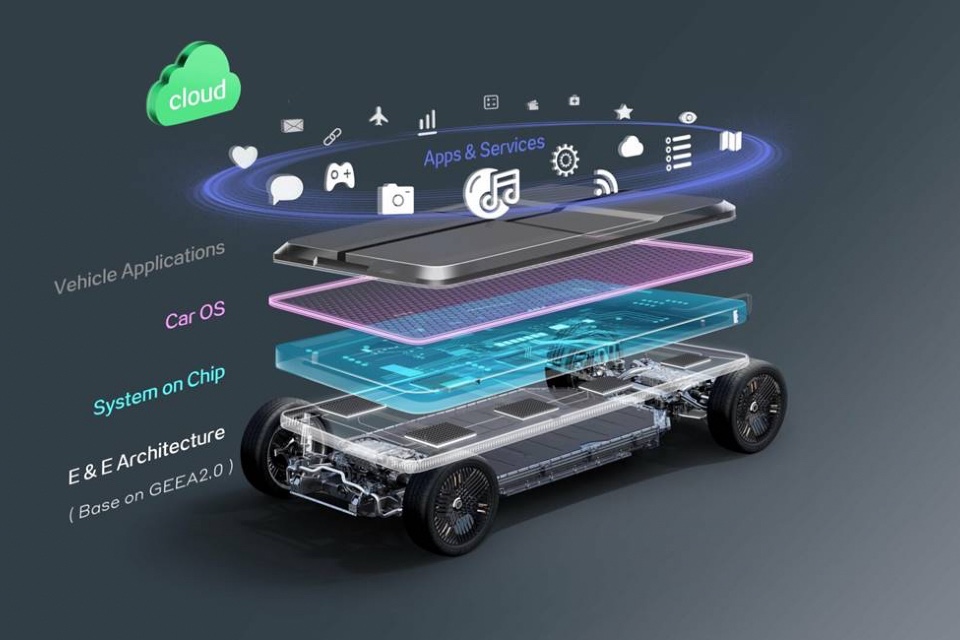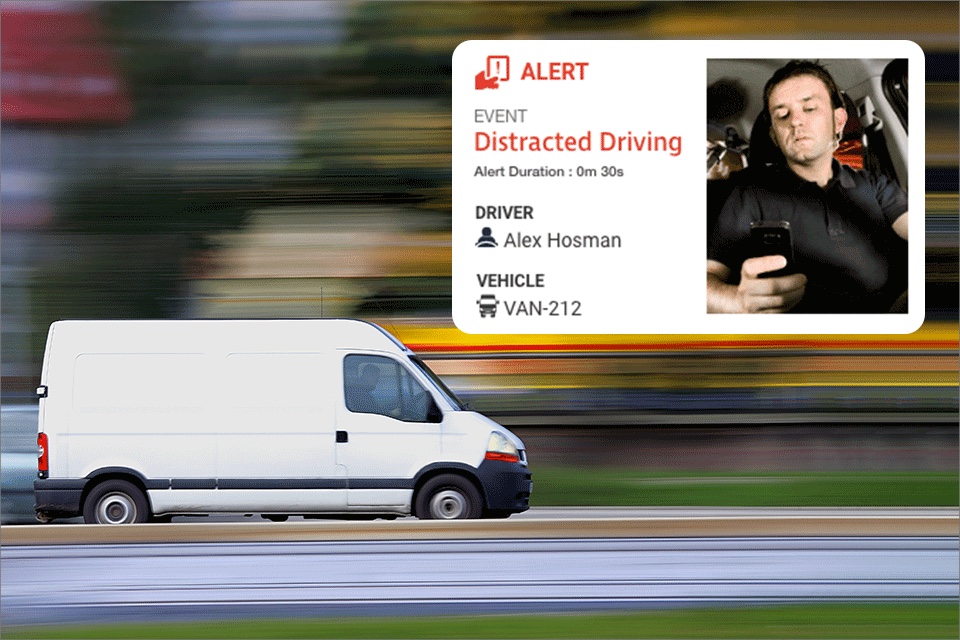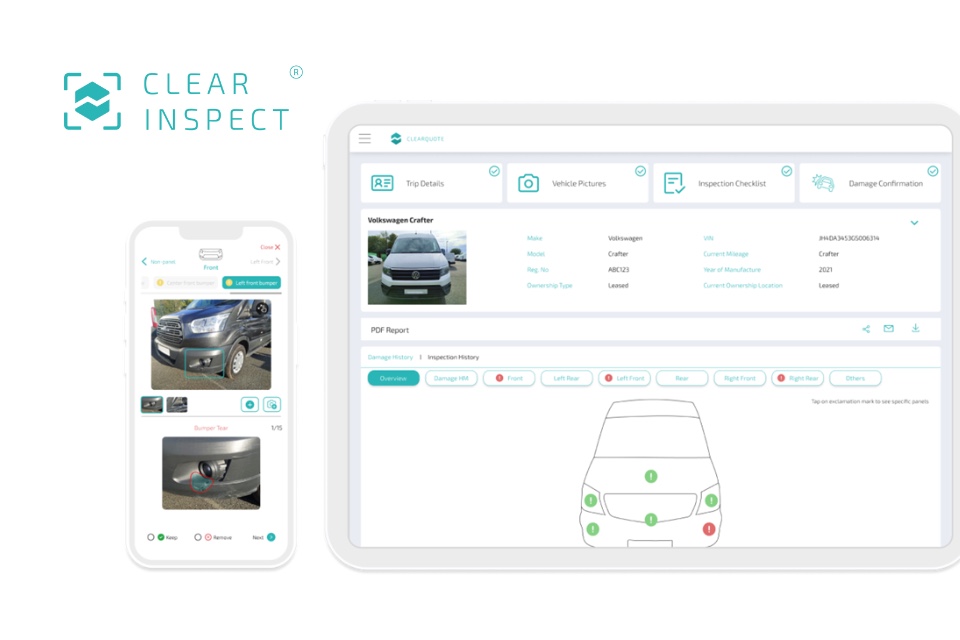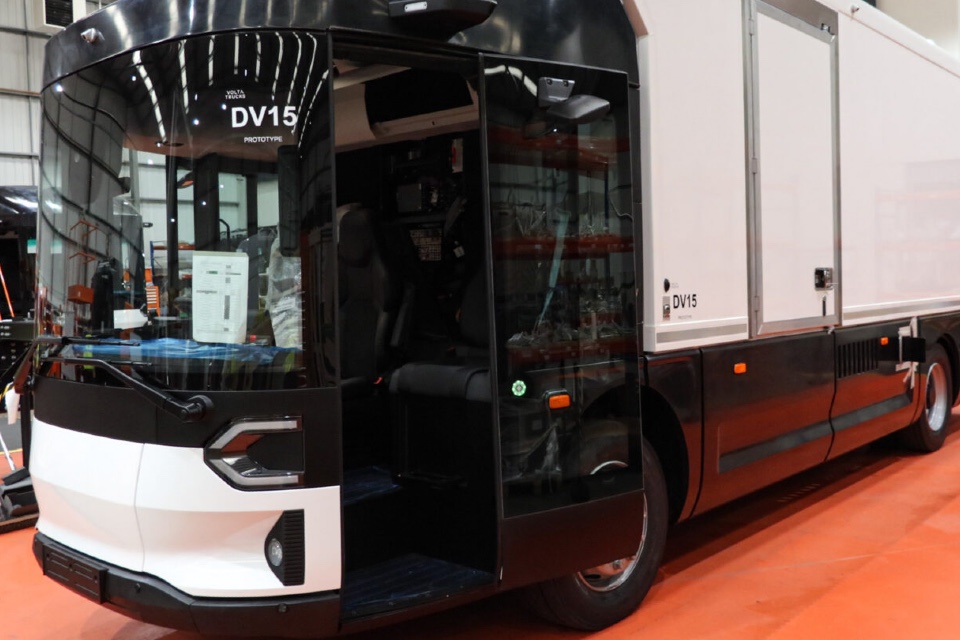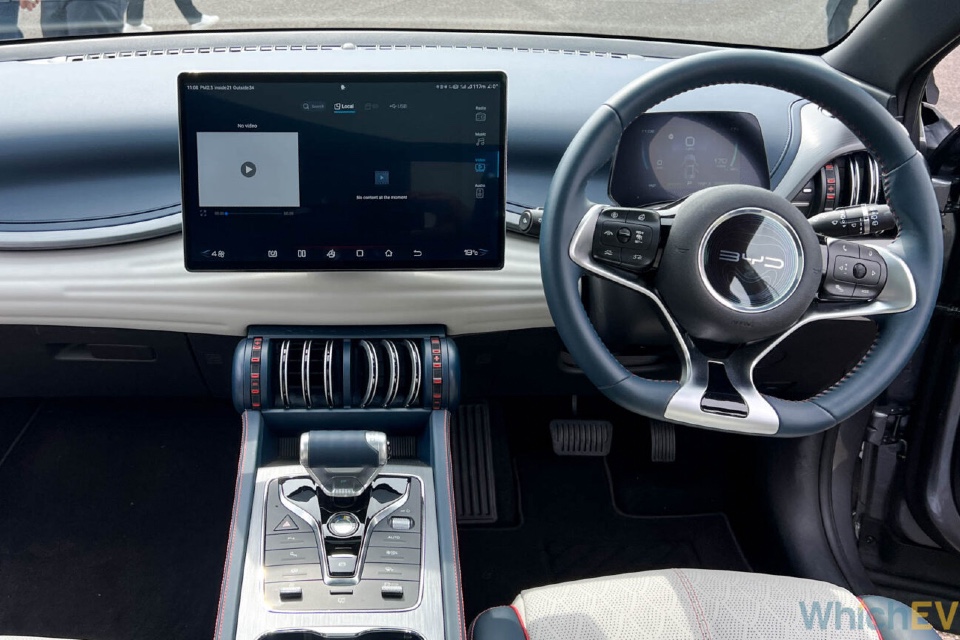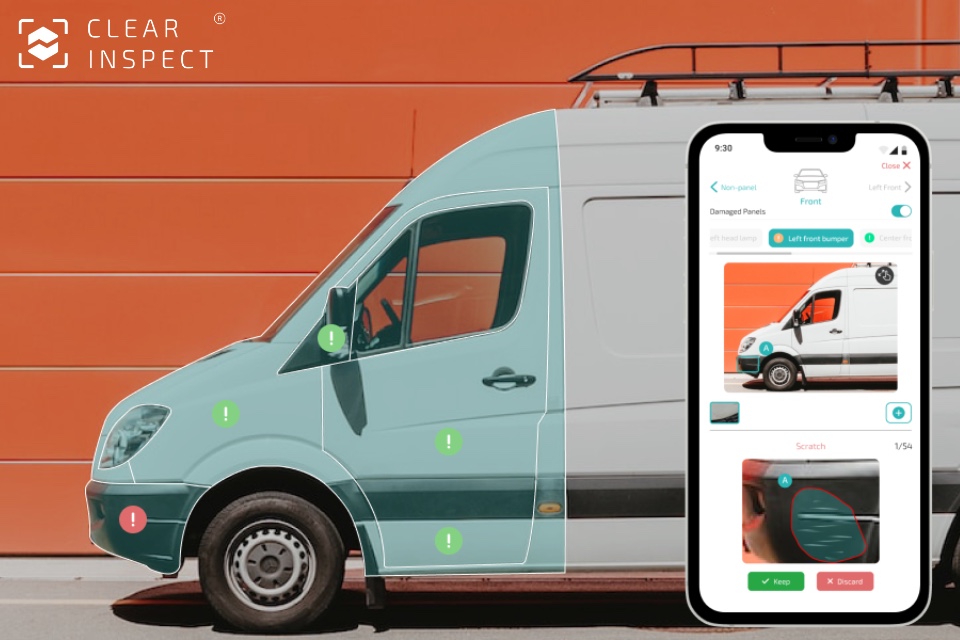THE WHICHEV VIEW: Does LEVC’s Space oriented Architecture point the way for fleets?
https://fleetservicessummit.co.uk/wp-content/uploads/2023/07/LEVC-2.jpg 960 640 Guest Post Guest Post https://secure.gravatar.com/avatar/cb2a67f15cd7d053d8e638a1df3fd67f?s=96&d=mm&r=gBy WhichEV
LEVC is the original ‘London Black Cab Company’ from the Victorian era – and it’s still making interesting vehicles today. As they move across to electric power trains, so they will expand the variety of vehicles offered – and the range of features included.
Specifically, they have just made the move on a full accessible taxi that has integrated ramps and enough internal space to allow a wheel chair to spin 360 degrees.
Backed by huge Chinese producer Geely (who own Volvo, Lotus, Polestar etc), LEVC is using intelligent design to create a variety of products from common core modules – including Electric Vans.
This ability to create/adapt/innovate comes from the underlying ‘Space Oriented Architecture’, where ‘proven sections’ can be integrated in interesting new ways. LEVC has used this SOA to create the perfect taxi for disabled people in cities.
In the near future, Fleet Managers will be able to take advantage of this kind of design – in order to create the perfect vehicle for their needs.
Everything from cabs and vans to ambulances will be catered for – and not at ‘silly money’.
Read more about this topic over at WhichEV.

